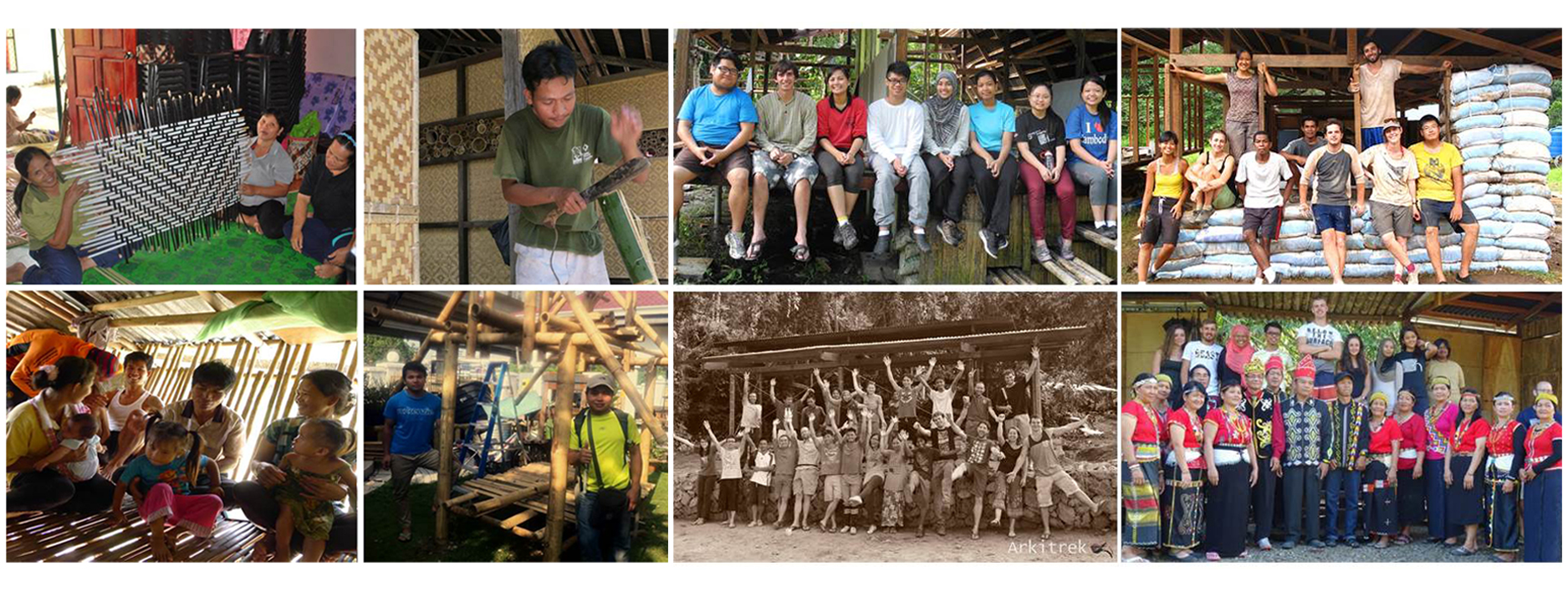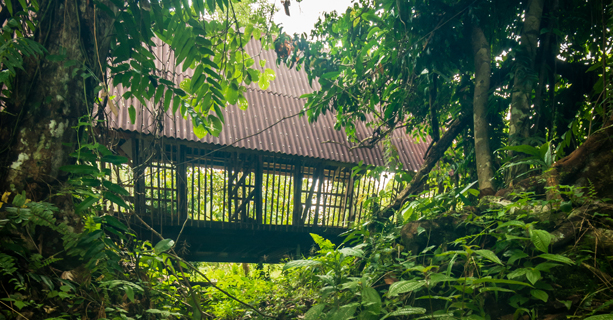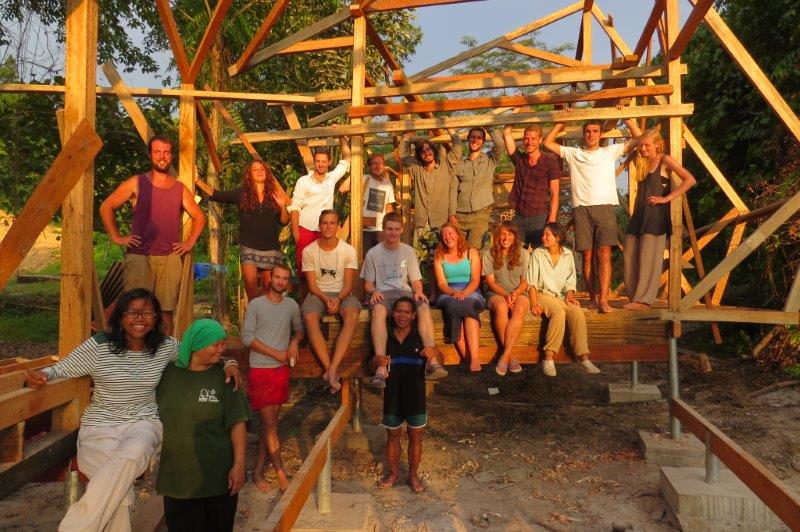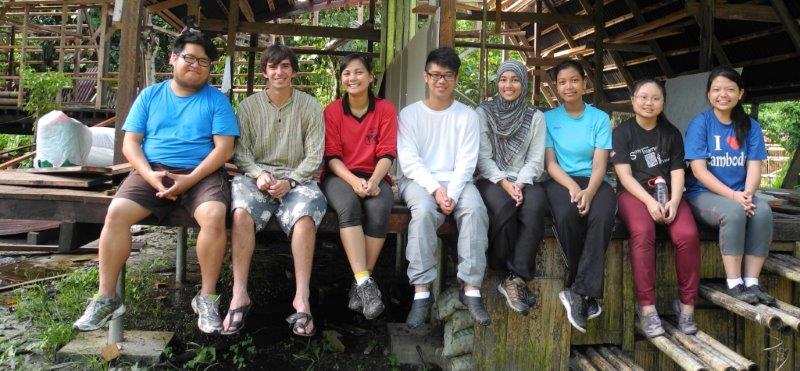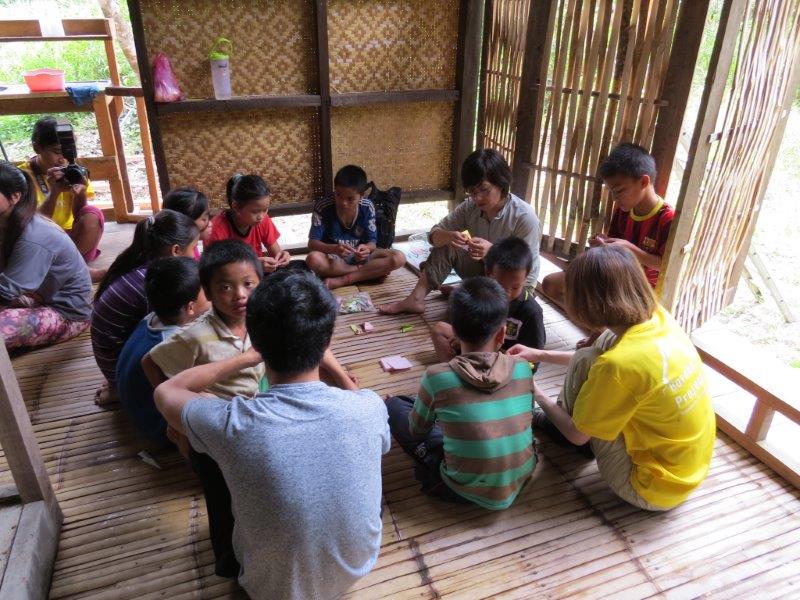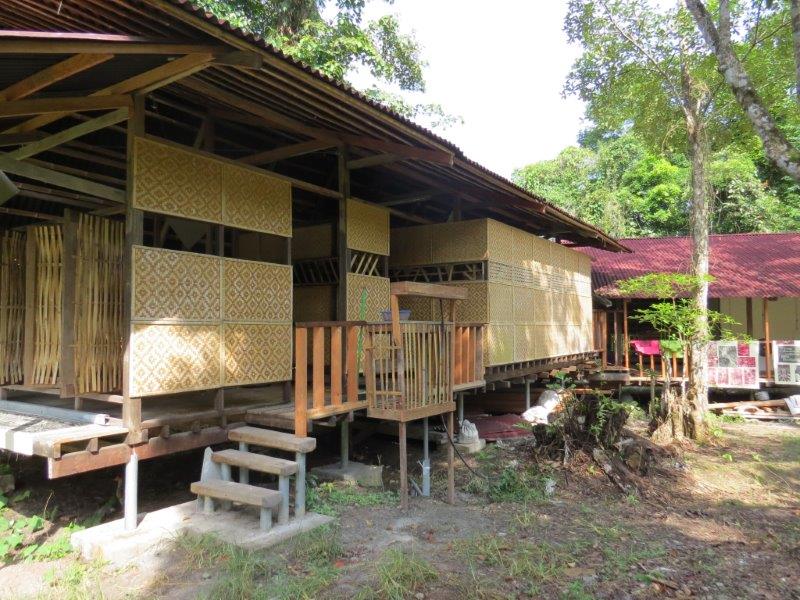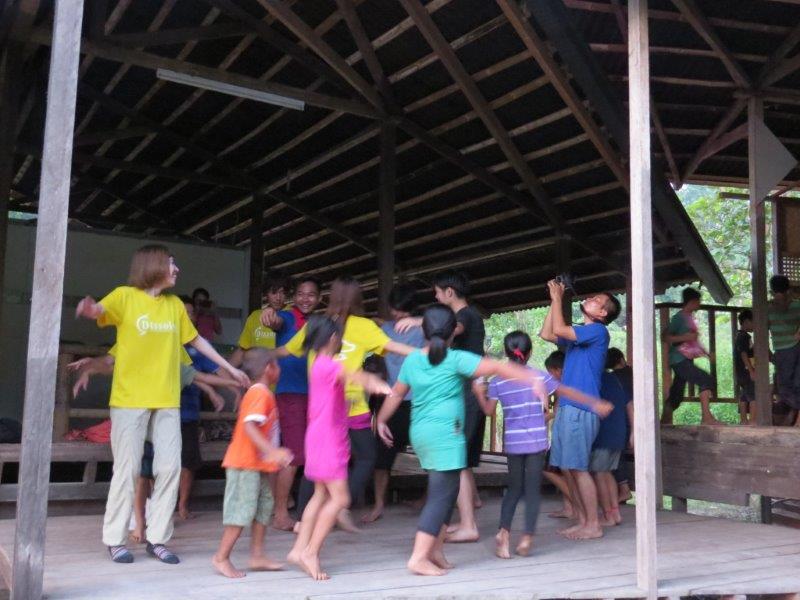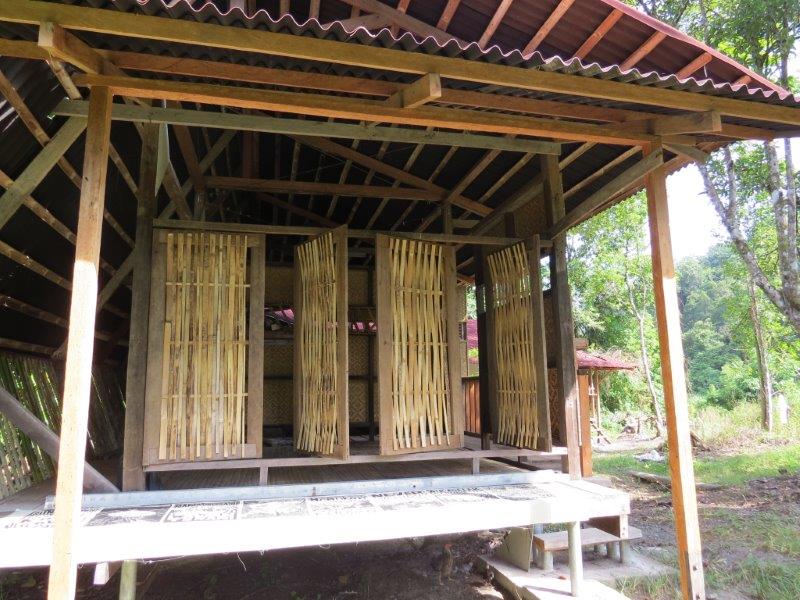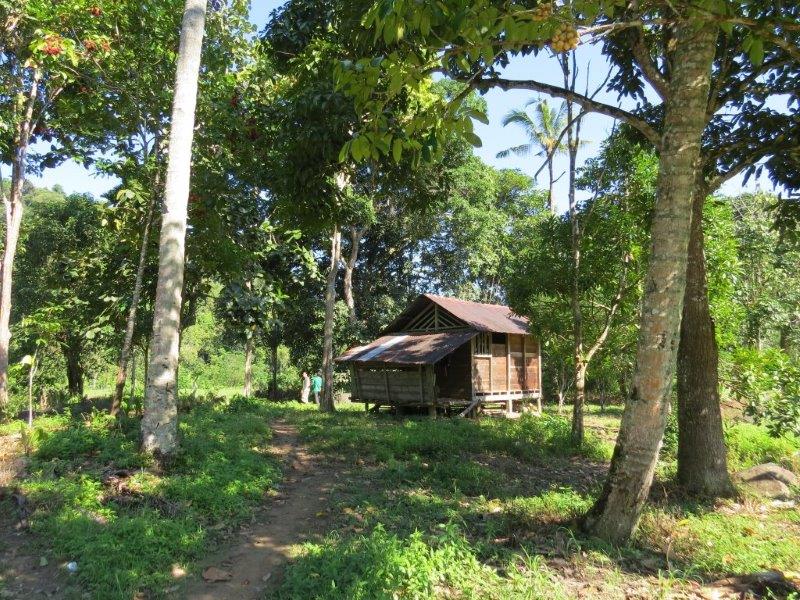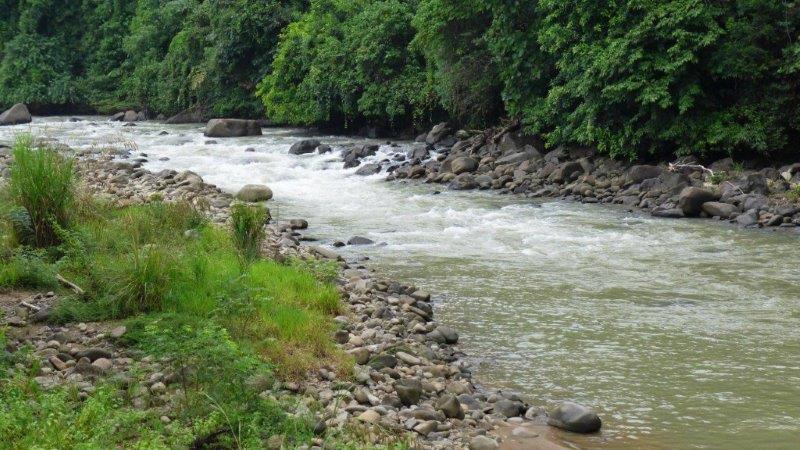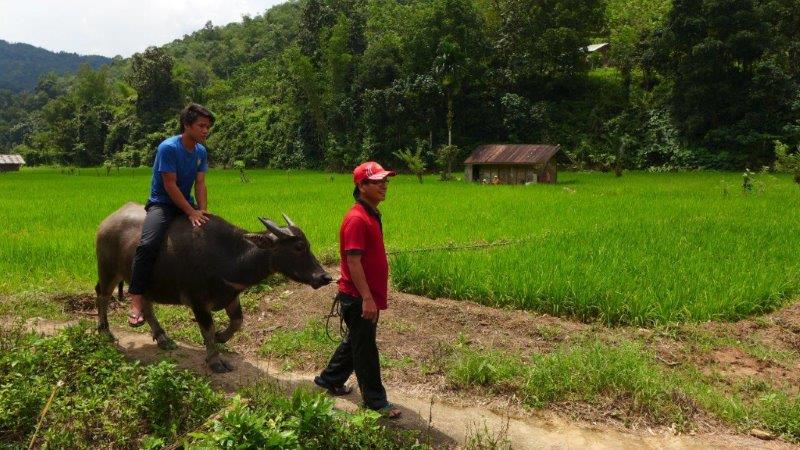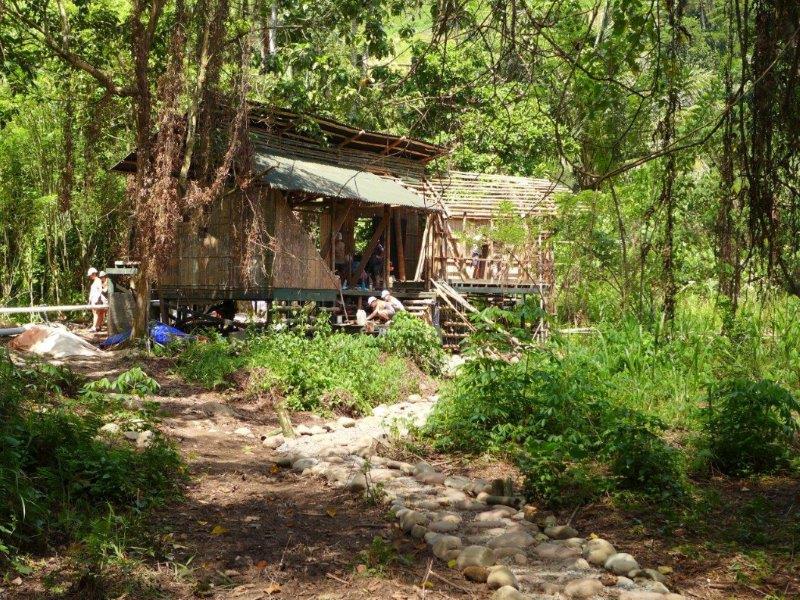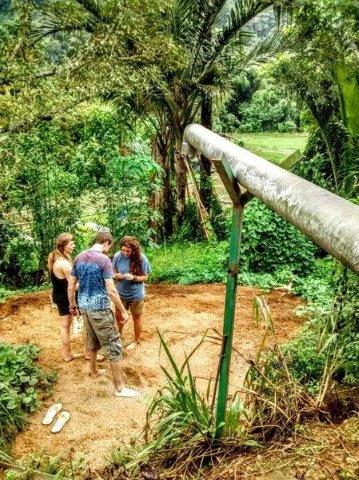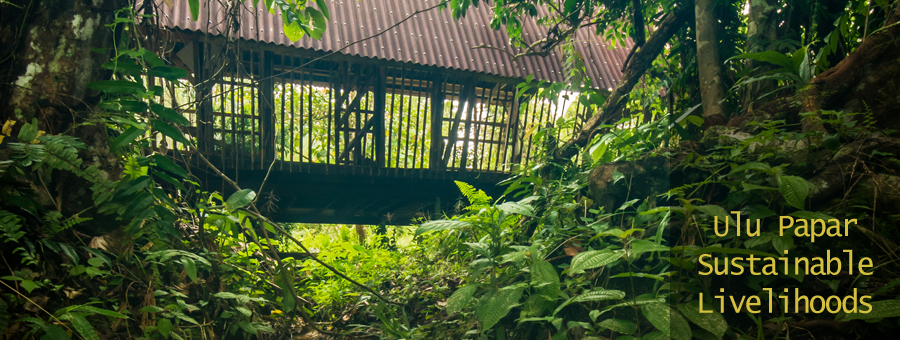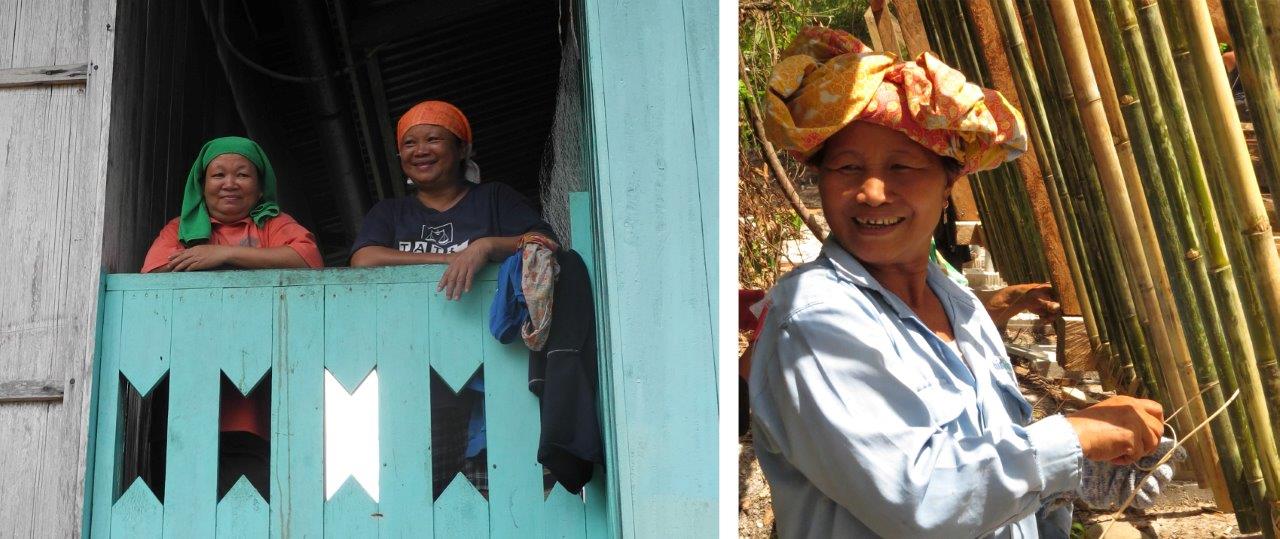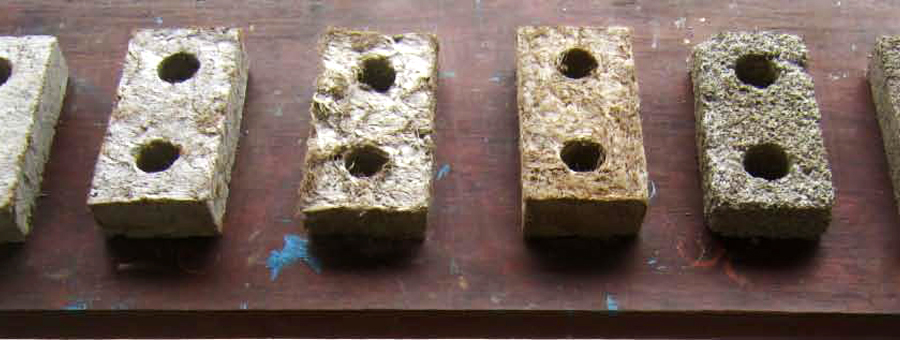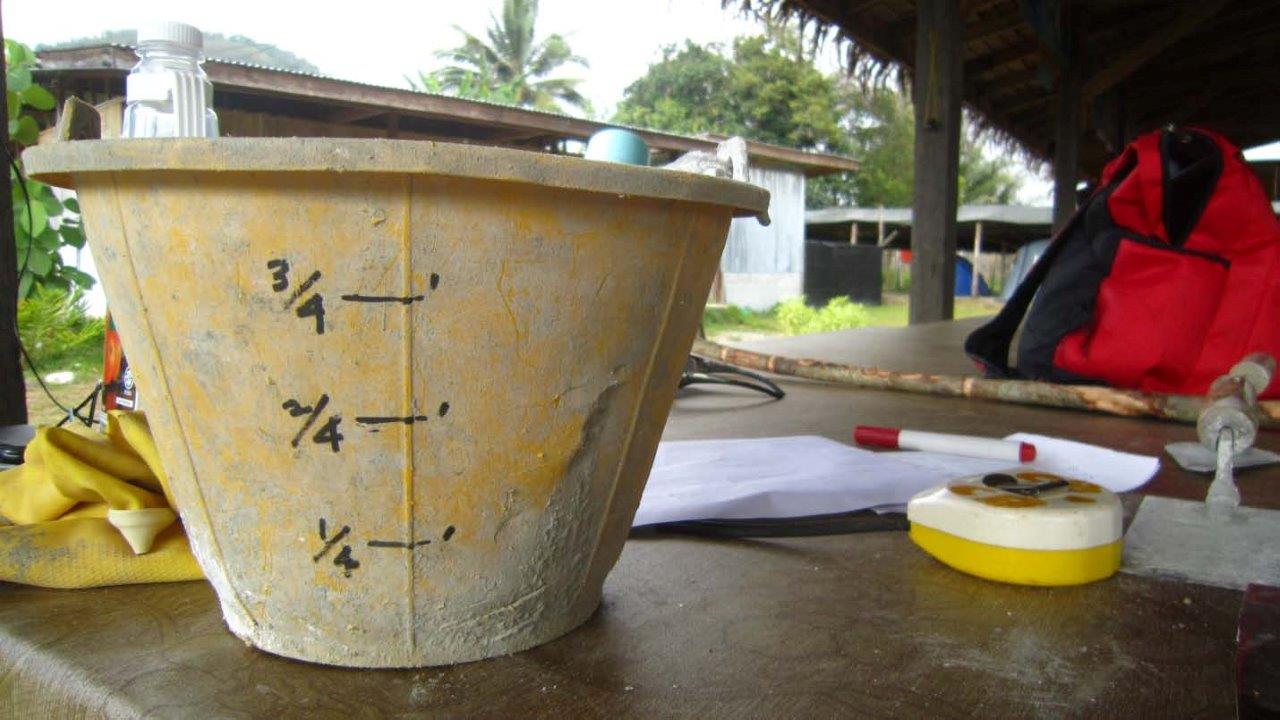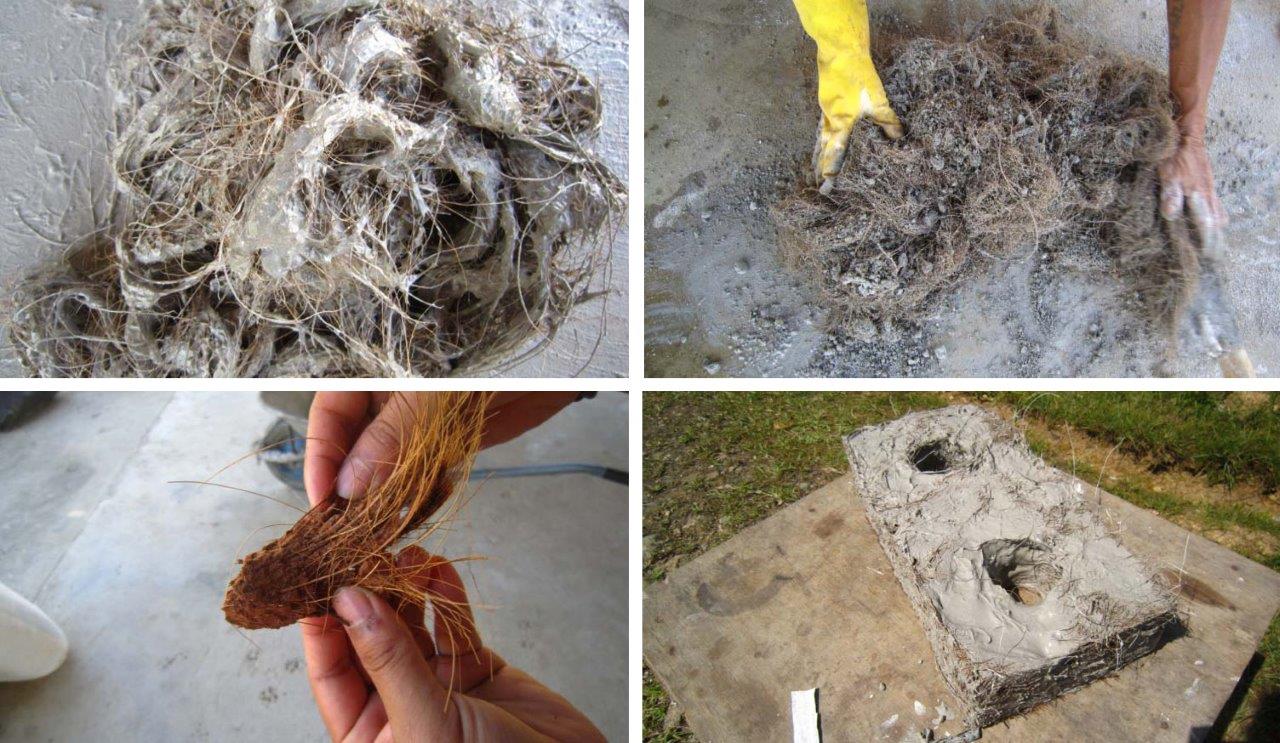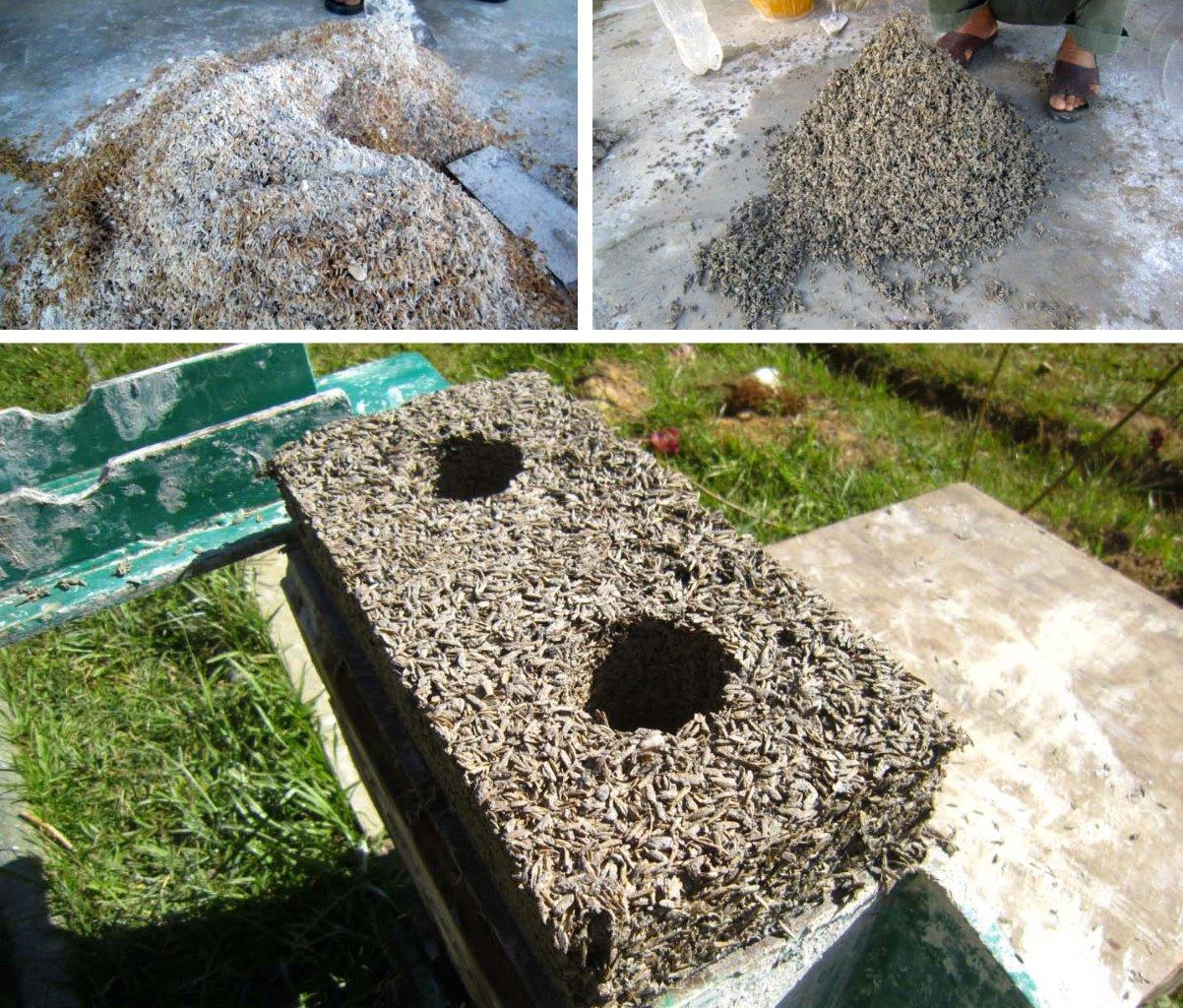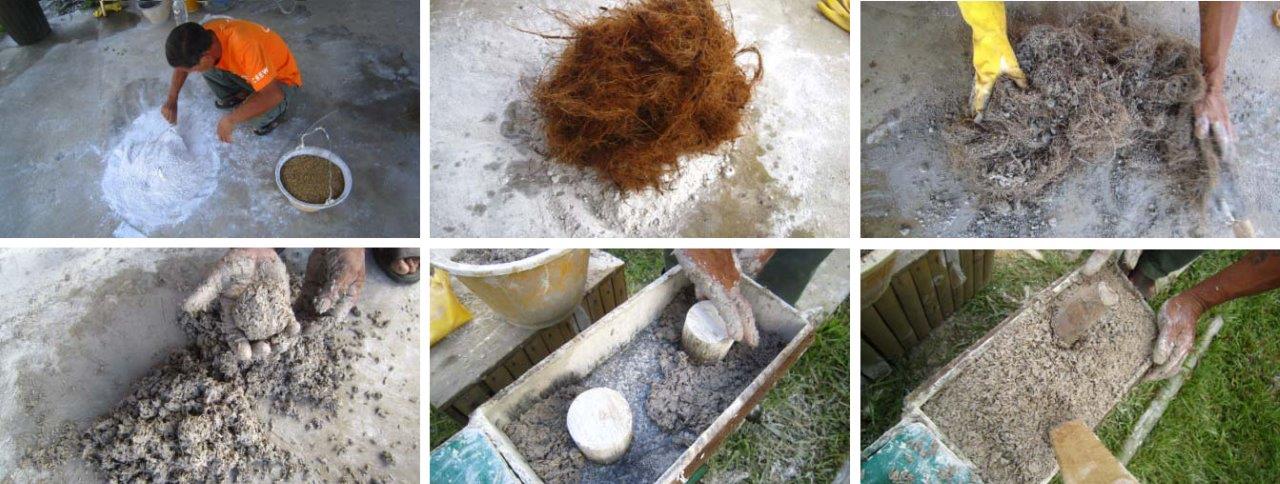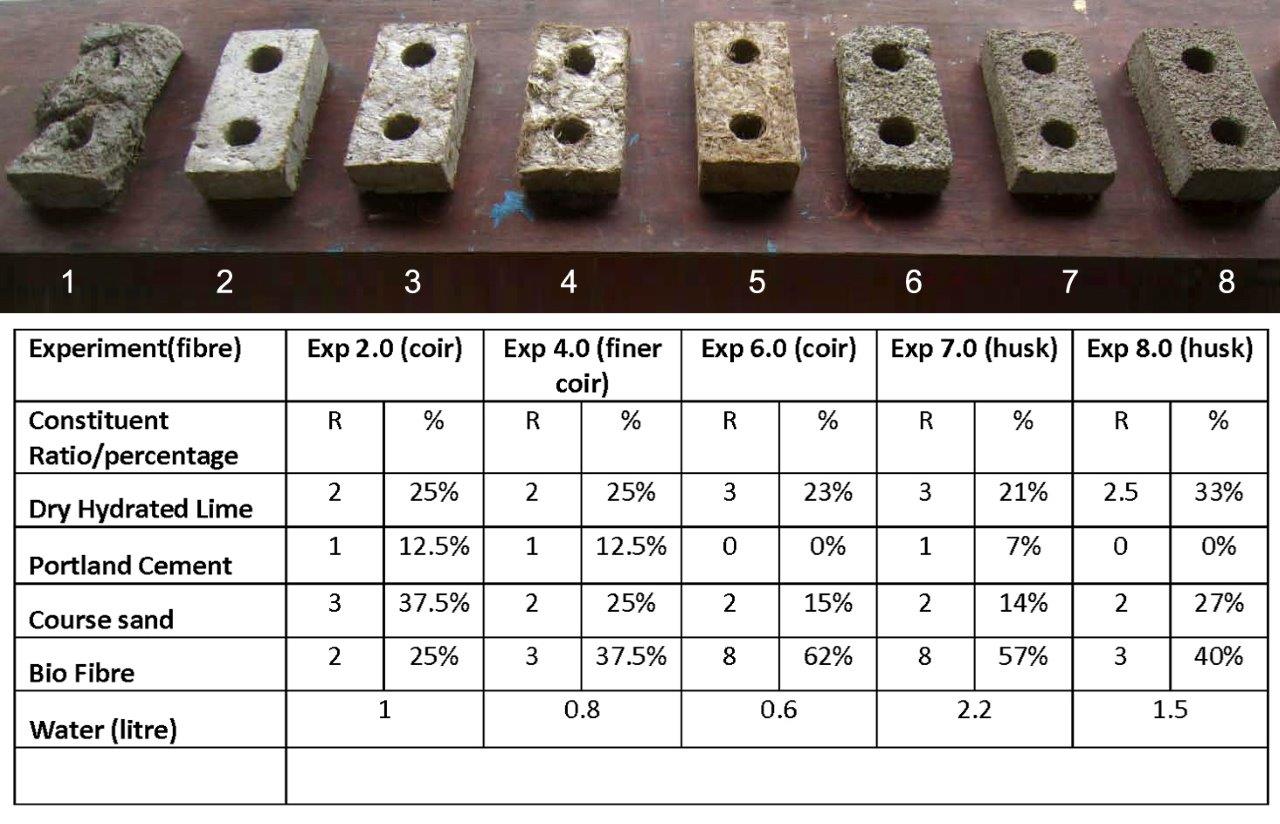Indicators of Social Impact in Architectural Design
This article proposes six unusual indicators of social impact in architectural design. The obvious starting place to look for such indicators are the green building standards, but they’re not yet to be found here. In fact, the opposite may be true: in Malaysia you can get a Malaysian Green Building Index (GBI) rating for a gated and guarded community, which glorifies social inequality as being ‘green’.
The following indicators have been derived from the Arkitrek Principles of Sustainable Design, first published in 2013, and they are a close fit with other emerging thinkers. Jeremy Gibberd, a South African architect who is working on a sustainable buildings assessment tool says that “sustainable buildings should assess not only the performance of buildings in terms of sustainability but also assess the extent of the building’s contribution to supporting and developing more sustainable systems around it”.
In September 2015, Arkitrek committed to report all newly completed projects using the SEED Evaluator (Social Economic Environmental Design), which considers indicators, such as: contextual relevance, inclusivity, social equality and culture. The following six indicators are proposed as examples of social impacts that can be reported in an open-ended, contextually relevant format, such as is espoused by SEED. Indicators such as energy and resource efficiency, which can be measured by numbers, are also important, but not included here because they are well documented in green building standards.
Does architecture represent who you are: your values, your culture and your identity? Is architecture protecting, enhancing and respecting cultural identity? This is Joiwit from Kg. Buayan and we’ve coached him to adapt his handicraft tradition of weaving to make building cladding. Yes, this building protects cultural identity and goes further by creating livelihoods for Joiwit and other weavers.
These people are oil palm workers at Keresa Plantation near Bintulu in Sarawak. Keresa have been awarded Round Table for Sustainable Palm Oil (RSPO) certification. Much of the certification process looks at working and living conditions of the workers. Arkitrek was invited to run a participatory design workshop to engage the workers in the design of their new housing. This community was included in decision making that will affect them and the design and planning of the housing areas were improved as a result.
In addition to the impact made by a construction worker in his underpants (look closely at the photo), there is a very tangible impact on this guy’s family if he falls from the 10th floor because there was no railing. We can aim to prove our social impact by reporting fewer and fewer accidents, disease and illness both during construction and for the life of a building.
Buildings can cost many millions of ringgit to build, but where does all the money go? Asking who earns what can identify potential areas for social impact. For example: we can set a target for a certain percentage to go to local suppliers. If there are no local suppliers then why not train some, like we did with Joiwit and his Bamboo Weave?
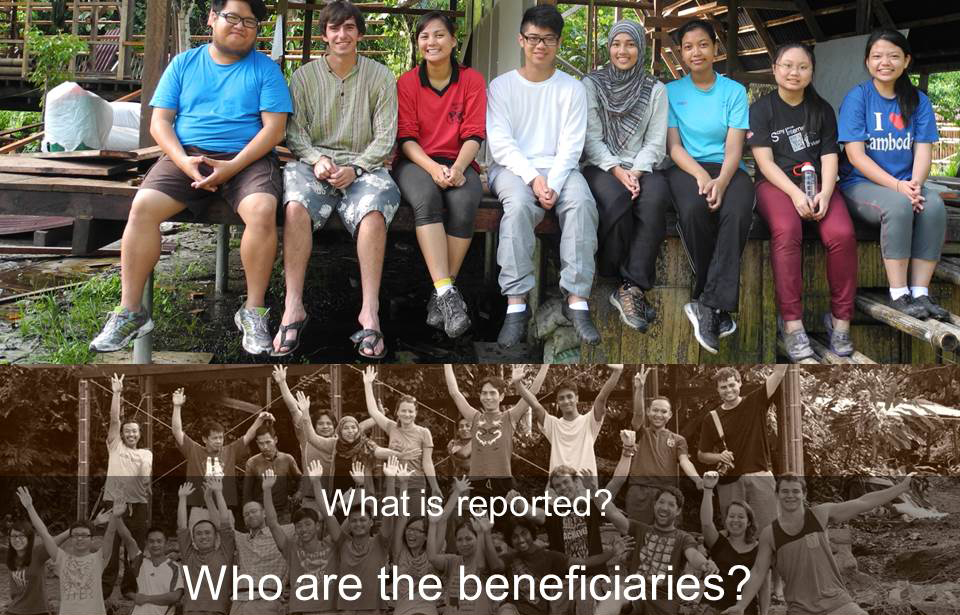
This is easy to report, but is it a social impact? Through architectural design we can reach a lot of beneficiaries: our two projects at Sepilok: The Orang-utan Outdoor Nursery viewing building and the Bornean Sun Bear Conservation Centre, reach over 200,000 beneficiaries (tourists) per year. A more interesting question is: “who are the beneficiaries and how are they changing as a result of our architecture?”

Who Owns What? This is not a question that is asked very often when considering social impacts, but it should. The above image is from an MOU for a community tourism project that Arkitrek worked on. We lobbied hard for this clause in the MOU that recognised that as a community tourism project there should be the potential for community ownership.
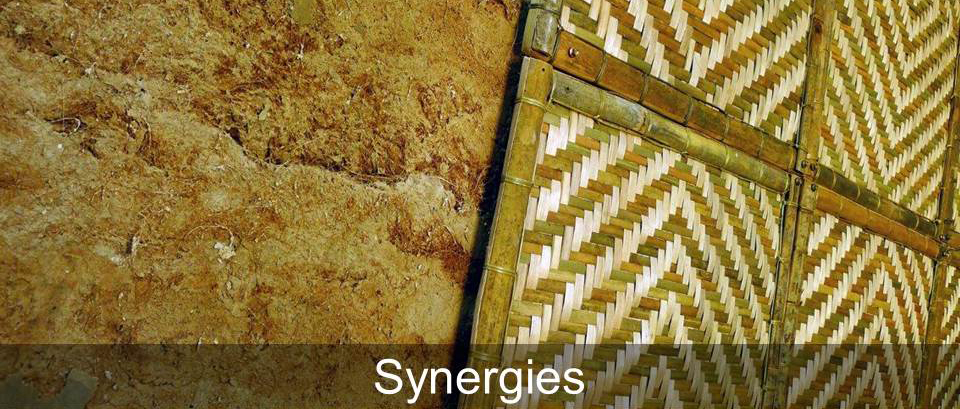
In aiming to create positive social impacts, Arkitrek looks for synergy between different indicators, for example: Bamboo weave is a building cladding material that can let in natural light and ventilation, but keep out rain, glare and drafts. The skill to make it comes from an indigenous handicraft tradition and for materials it requires management of land for growth of bamboo, rattan and ferns. The material on the left above is ‘Bio-crete’; a mixture of lime, sand and agricultural waste fibres. This low-carbon material can passively regulate temperature and humidity inside a building making air-conditioning either cheaper or unnecessary.
Synergy comes from connected mutually sustaining processes, like an ecosystem. The unique and complex thing about Arkitrek is that we are creating a whole ecosystem within the construction industry. In this ecosystem our impacts are cyclical and creative: the impacts of one process are to create opportunities for another.

